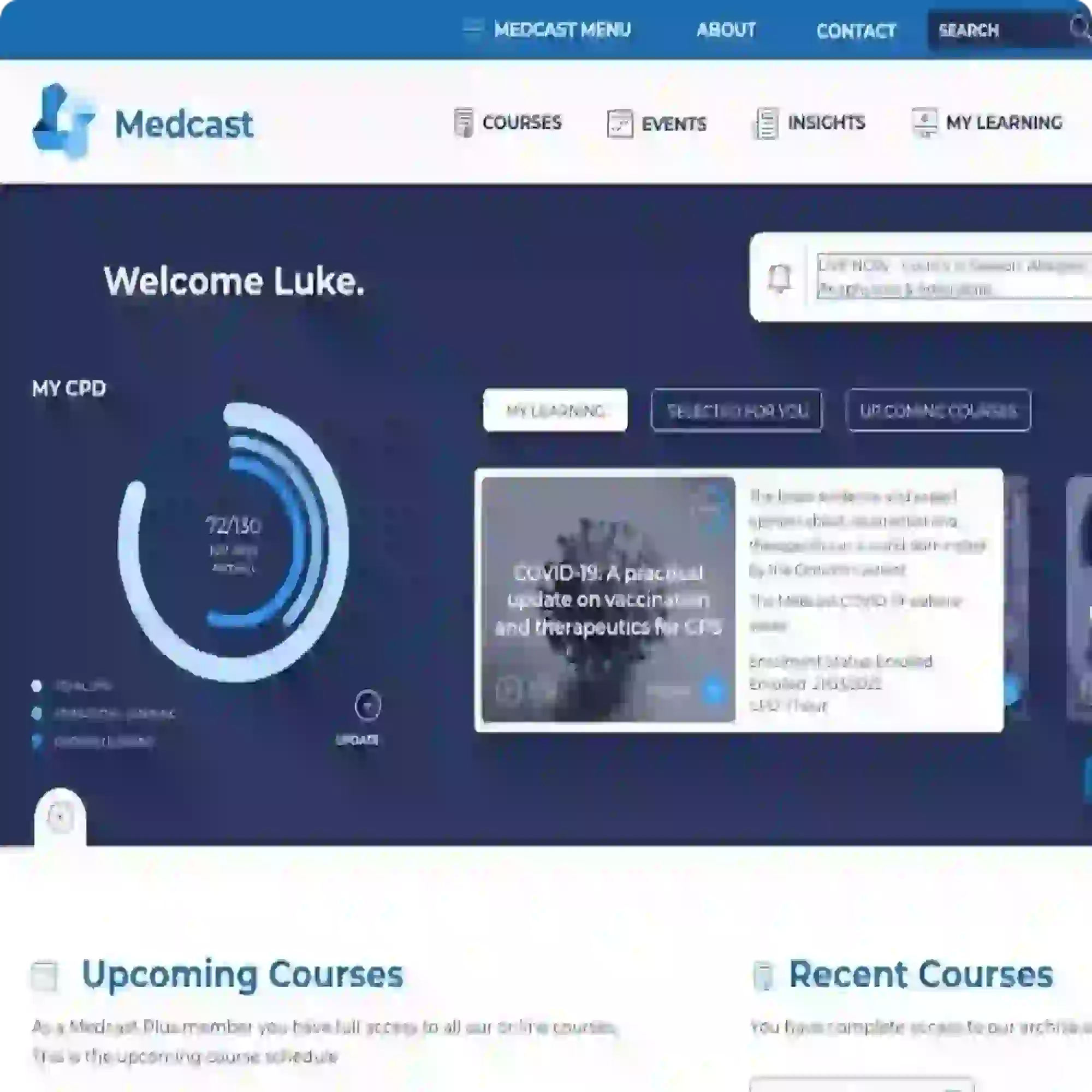Diabetic Emergencies - Hypoglycaemia
Fred, your brittle diabetic patient, comes in pale, confused and sweaty. After you have checked your own pulse, what is your FIRST priority of care?
Test your knowledge
Test your knowledge in the following clinical case and clinical update from Dr Justin Coleman with this 15 minute excerpt from our Emergencies in General Practice course:
Log your CPD
We encourage you to self-report this learning activity based on the learning objectives above. We have allocated 15 minutes of RP and 15 minutes of EA. This may include self reflection on the following points:
-
Review of your current clinic protocols for managing diabetic emergencies including access to fast acting carbohydrates and administration of glucagon
-
Review of patient education for monitoring blood glucose levels, recognising symptoms of diabetic emergencies, and knowing how to use glucagon kits effectively
-
Review of clinic supplies for fast acting carbohydrates including glucagon with respect to stock levels and expiration dates
-
Identify symptoms of hypoglycaemia indicating a diabetic emergency
-
Describe the role of fast acting and long acting carbohydrates for managing diabetic emergencies
-
Identify when glucagon for severe hypoglycaemia including when it is necessary, the correct method of administration and post-administration care
Related Courses

Susan is the Head of Nursing Education for the Medcast Group.
DipAppScNsg, BN, CritCareCert, CoronaryCareCert, TraumaNsgCareCert, CertIV(TAE), MN(Ed), and GradCert(Ldrshp & Mgt).
Become a member and get unlimited access to 100s of hours of premium education.
Learn moreThe Coordinated Veterans’ Care (CVC) Program is a DVA initiative that allows GPs to provide structured, proactive care in the community for eligible veterans and war widows. This FastTrack provides a guide to billing the CVC program, and outlines a strategy for its practice-wide integration.
Achilles tendinopathy is a common cause of posterior heel pain and functional impairment. GPs are well-placed to coordinate care for these patients. This FastTrack fact sheet provides a concise summary of diagnosis and non-surgical management, including when to refer. Earn 30mins each RP and EA CPD with the quiz.
Over 3% of GP consultations in Australia involve skin lesions, yet many practices are billing these procedures incorrectly, putting themselves at risk of noncompliance or missing out on legitimate remuneration. This Business skills FastTrack explains the MBS item numbers pertaining to skin lesions for GPs, including eligibility criteria and practical tips.

